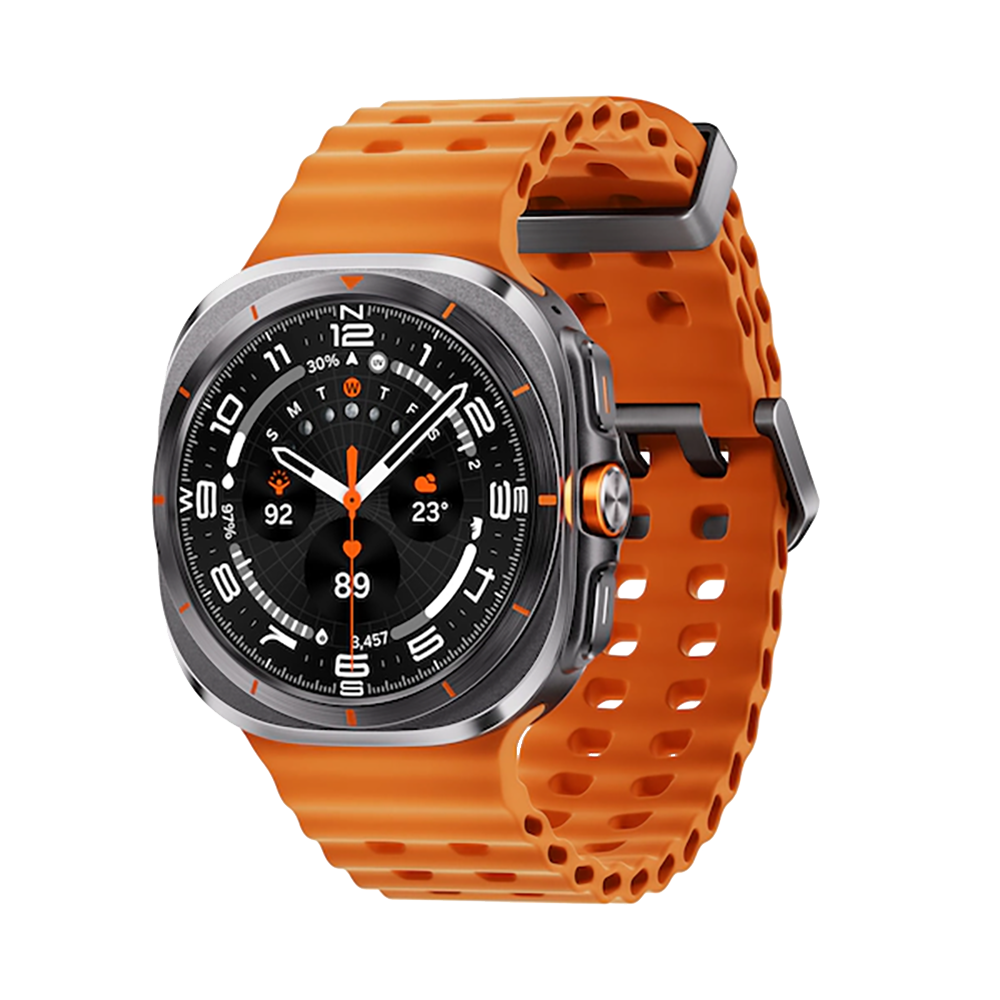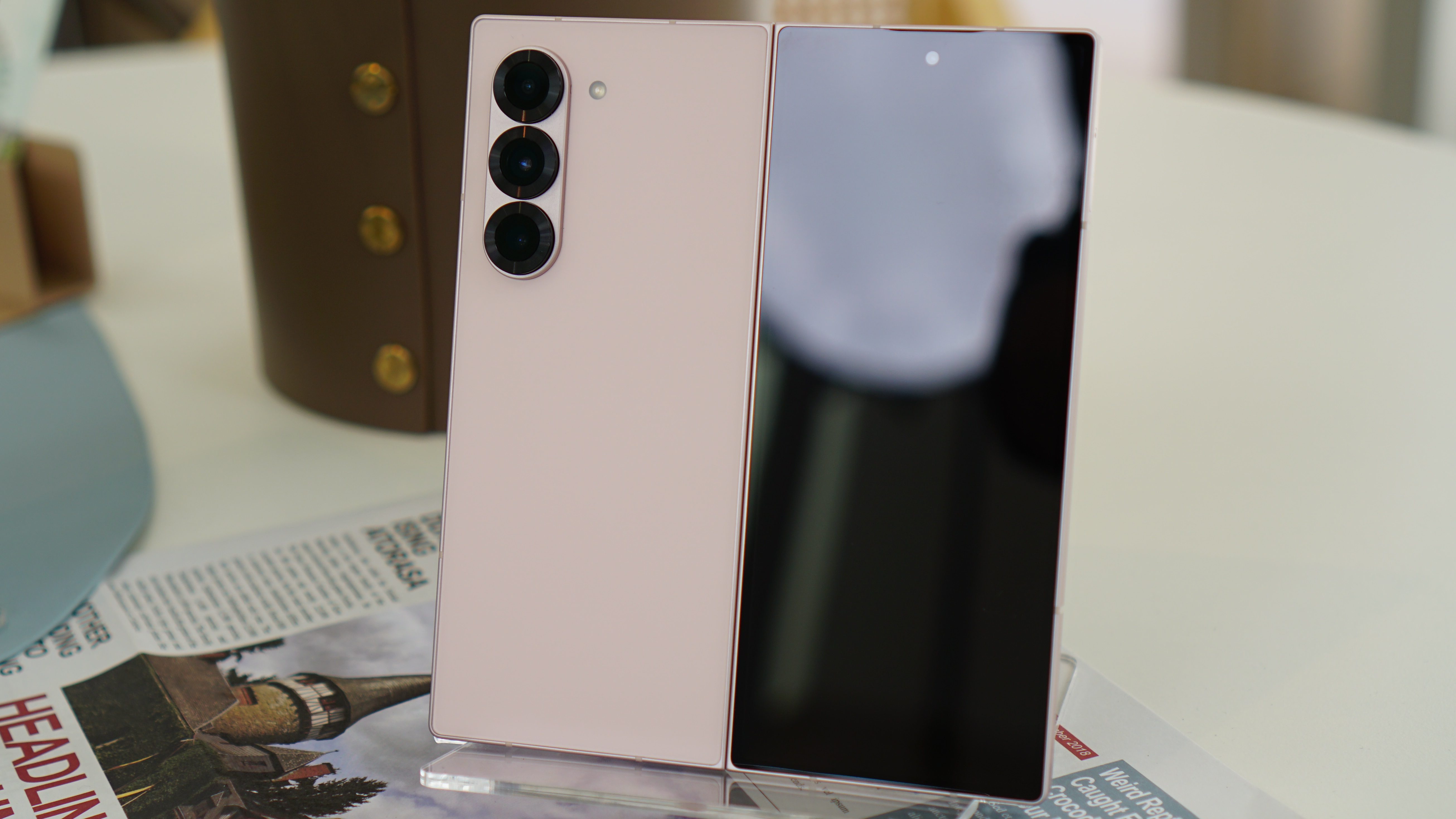
The new Galaxy Watch 7 and Galaxy Watch Ultra have been officially unveiled. Today, Samsung upgrades its esteemed Galaxy Watch series with a refined new smartwatch and introduces a more rugged device for the adventurous enthusiasts. I had the chance to try out both smartwatches firsthand, and here are my initial impressions.
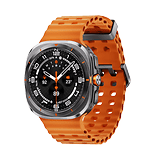
Samsung Galaxy Watch Ultra: All deals
In a nutshell
Let’s start with the novelty. The Galaxy Watch Ultra is an impressive device, boasting a square shape and an attractive rubber strap collection, available in four official colors.
Samsung brings industry-leading hardware to the table with this device, complemented by new and pertinent features for those seeking comprehensive sports training, such as triathlon athletes and enthusiasts.
This is also Samsung’s most expensive wearable to date, with a suggested price of $649. According to Samsung, this represents the pinnacle of health and fitness capabilities within the Galaxy Watch lineup.
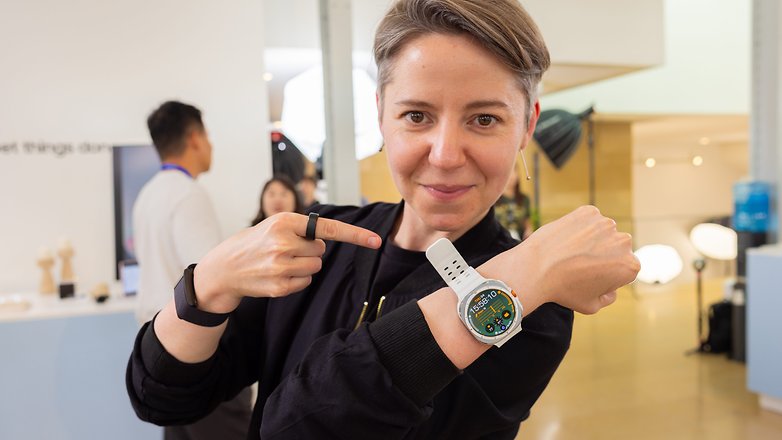
For everyday use, the new Galaxy Watch 7 offers nearly the same features, excluding the high-end endurance sports modes and with a slightly reduced battery life. Nonetheless, this is the most refined version of the main series, equipped with a new BioActive sensor compared to its predecessors.
Moreover, the Galaxy Watch 7 is the most affordable version in the Galaxy Watch Series and offers the most size variants. For the 40 mm case, the suggested price is $299 for the Bluetooth version and $3499 for the LTE variant. The 44 mm case is priced at $329 (BT) and $379 (LTE).
And to be candid, the resemblance to the current Apple Watch Series is not a mere coincidence. Samsung is undoubtedly aiming high here.
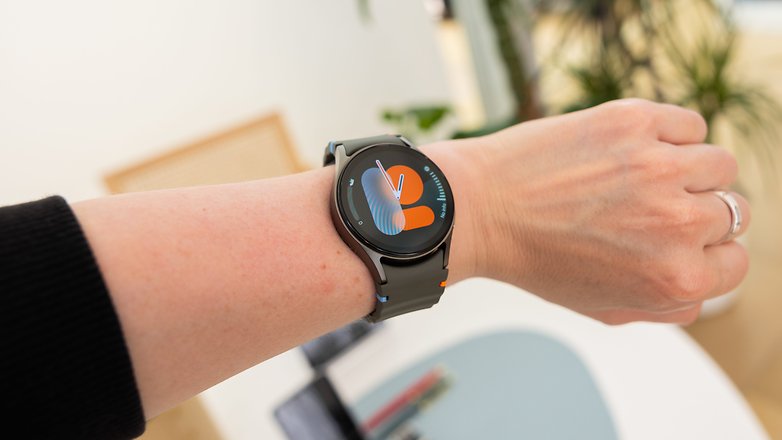
Design, Display & Durability
The Galaxy Watch Ultra and the Galaxy Watch 7 represent the apex of Samsung’s digital health efforts, each catering to different user needs with their unique features. As for my first impression of the new watches, they are stylish, offer comfort and durability, and provide a great display experience
.
Pros:
- Stylish and durable designs.
- High display quality with 3000 nits brightness.
- Variety of size and color options for the Watch 7.
Cons:
- Galaxy Watch 7 is similar to its predecessor.
- High cost of accessories.
Samsung Galaxy Watch Ultra
The Galaxy Watch Ultra is designed for extreme sports enthusiasts with a bold, durable design. It features a Titan class 4 rating, offering exceptional strength and durability similar to titanium, making it highly resistant to impacts, water, dust, and harsh conditions. With a 10ATM/IP68 water resistance rating, it can handle the depths and pressures of extreme aquatic activities.
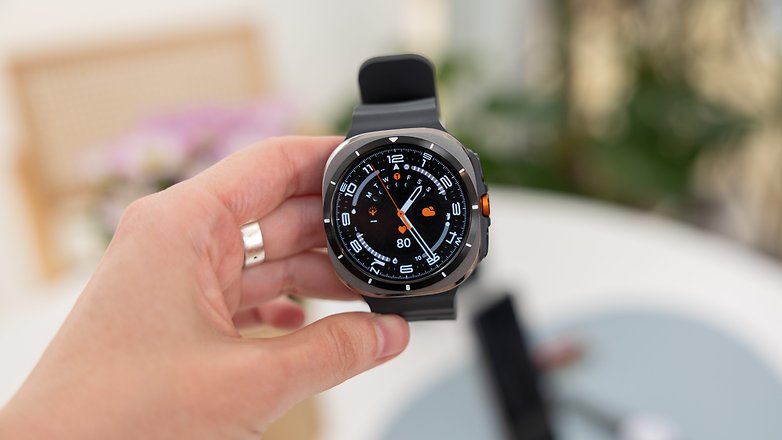
A notable new feature is the Action Button, enhancing user control during intense activities. For instance, you can use it to quickly turn on a flashlight. The improved connection system adds practicality, making it easier to use in rugged conditions. The Ultra meets the tough MIL-STD-810H standard, designed for harsh environments—similar to the OnePlus Watch 2 (review).
Also impressive are the durability specs. The Ultra can handle heights up to 9000 meters, diving to 500 meters, or enduring temperatures from 55 °C to -20 °C. Nevertheless, I must say that putting this to the test will be exceedingly challenging.
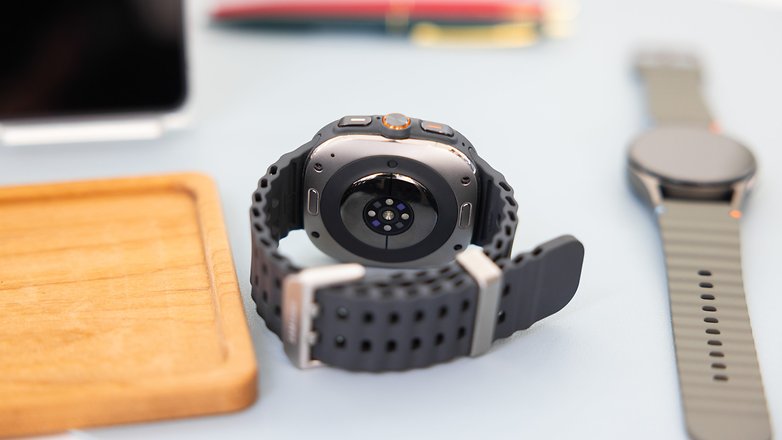
The display reaches up to 3000 nits, making it easy to see even in bright sunlight. For nighttime adventures, the Night Mode Watch Face offers optimal readability. It also features an optimized BioActive Sensor for health monitoring and convenient charging connections on the back.
Finally, the Ultra is available in Titanium Gray, Titanium White, and Titanium Silver. It has a tough appearance and includes a Trail Band, which costs $79.90, for those who buy it during the pre-sale period.
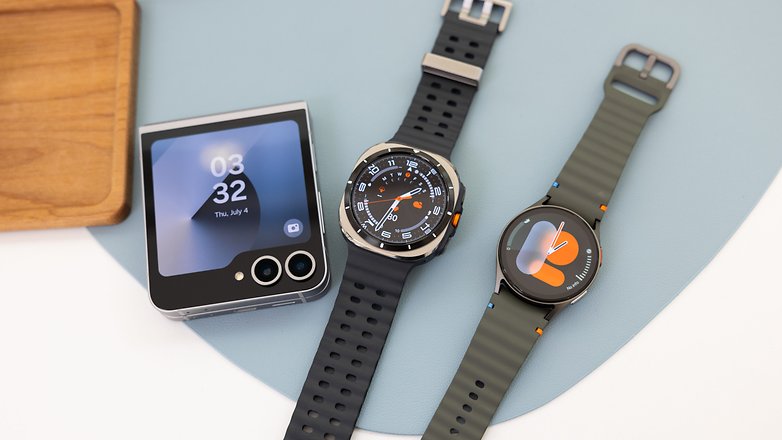
Samsung Galaxy Watch 7
In contrast, the Galaxy Watch 7 focuses on ease of use and everyday convenience. According to Samsung, it also introduces a strap system that is more user-friendly, thereby simplifying the process of changing bands. However, to be honest, it appears to be identical to its predecessor.
What I love most about this series is that the Watch 7 offers two size options: Large (44 mm) in Green and Silver, and Small (40 mm) in Green and Cream. This variety ensures a comfortable fit and style preference for a wide range of users. In addition to its sleek design, the Galaxy Watch 7 offers additional accessories like the Fabric Band, retailing at $49.90 as well.
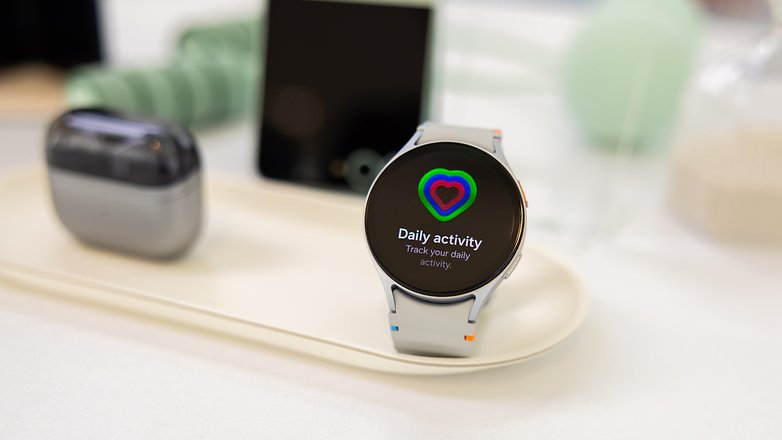
Overall, the new generation closely resembles its predecessor, with a similar display and design. However, the Watch 7 distinguishes itself with an optimized BioActive Sensor on the back, a significant improvement—we will discuss it further in this hands-on.
Personally, I liked both devices at a glance. Samsung clearly optimized accuracy with the Watch 7 and confidently launched a striking device with the Ultra model.

User Experience and Features
Both the Galaxy Watch Ultra and Galaxy Watch 7 run on Wear OS 5, offering a wide range of apps commonly used on Galaxy devices. This ensures a smooth and intuitive user experience. Additionally, the integration of the
Galaxy AI-powered Assistant enhances the smartwatch experience by enabling hands-free operation
.
Pros:
- Smooth and intuitive user experience with Wear OS 5.
- Galaxy AI-powered Assistant for hands-free operation.
- Seamless integration with the Galaxy ecosystem.
Cons:
- Exclusively compatible with Galaxy devices.
- Galaxy Ring combined metrics were not determined.
Connectivity is a breeze with both devices, as they pair effortlessly with your phone via Bluetooth. Management of the watches is streamlined through the Wear app, making it easy to customize settings and preferences. Health and fitness metrics are displayed in the Health app, which boasts a user-friendly interface.
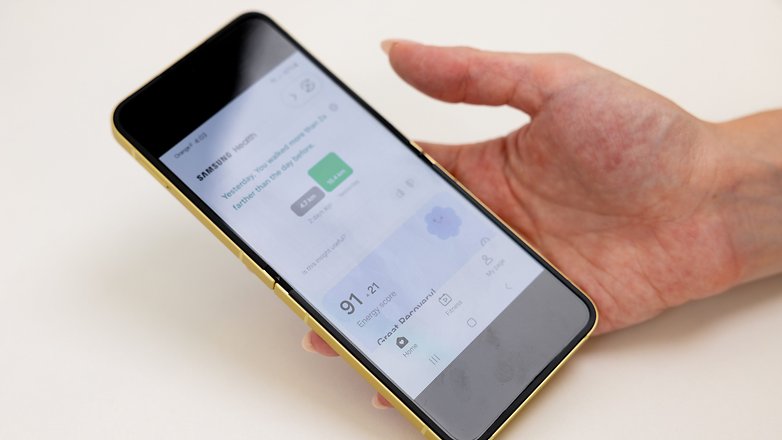
Software plays a crucial role in the wearable experience, and Samsung has successfully integrated its UI across the Galaxy and Android ecosystems. However, during my testing, I did not receive any updates regarding changes in compatibility. As of now, the Galaxy Watch 7 and Watch Ultra are exclusively compatible with Galaxy devices, such as the Galaxy S24 Ultra (review) and Galaxy S24 (review).
It is known that both devices are designed to work seamlessly with the new Samsung Galaxy Ring, which I also had the opportunity to test. According to Samsung, users can wear the Galaxy Watch Ultra during the day and use the smart ring at night to collect sleep metrics. However, I did not have the chance to review how these combined metrics are presented.
Wellness & Fitness Features
Along with launching a brand-new smartwatch lineup today, Samsung has also improved the main sensor for its Galaxy Watch devices. The revamped BioActive Sensor brings a notable upgrade. Samsung is also introducing an innovative wellness metric called the Energy Score. Plus, the Ultra variant comes with some exciting new features. Let’s dive into them
.
Pros:
- Upgraded BioActive Sensor enhances health tracking accuracy.
- Introduction of the innovative Energy Score for overall wellness.
- AGEs Index for assessing metabolic health and biological aging.
Cons:
- Manual input is required to switch activities in Multi-Sport Tile.
- Exclusive features mostly cater to high-end fitness enthusiasts.
Samsung Galaxy Watch Ultra
The Galaxy Watch Ultra is designed for fitness enthusiasts aiming to push their limits and achieve peak performance. Therefore, the device uses the new 3 nm processor that packs the whole new wearable lineup, which offers three times the performance of its predecessor.
Additionally, the optimized BioActive Sensor enhances accuracy, making health tracking more reliable. Without delving too deeply into technical details, as Samsung’s report covers that comprehensively, it is worth noting that Samsung has upgraded the photodiodes and expanded the range of LEDs to include blue, yellow, violet, and ultraviolet. These enhancements allow for more precise measurements of heart rate, sleep quality, blood oxygen levels, and stress.
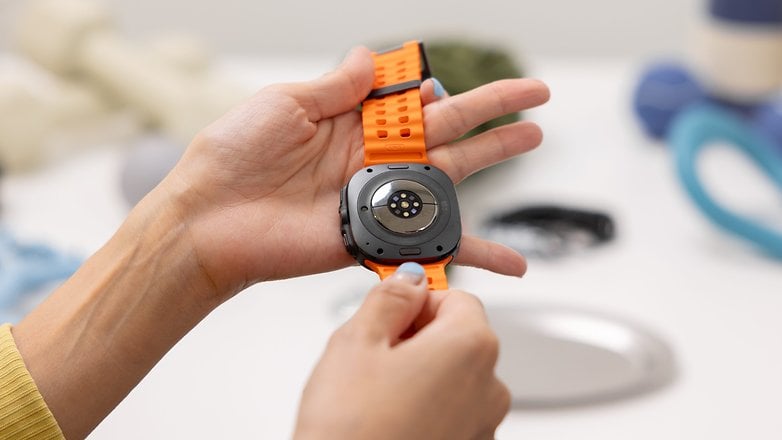
The watch also introduces new health metrics such as the Advanced Glycation End Products (AGEs) Index, which helps assess metabolic health and biological aging. This feature, commonly found in scales, can help users rethink lifestyle and dietary choices. If you are interested in longevity like me, this is an invaluable tool.
Another novelty is the Energy Score, which is integrated into the entire Samsung Health ecosystem. Available on the new Galaxy Watch 7 and the Galaxy Ring, the Energy Score provides a daily overview of your body’s mental and physical condition. Samsung is also referring to it as the “body battery level.”
The Energy Score is calculated based on metrics such as sleep duration and quality, previous day activities, average heart rate, and heart rate variability, among others. As I mentioned in my Galaxy Ring hands-on, I find great value in my Whoop Daily Overview, which is similar to what Samsung is now offering. This feature is excellent for understanding recovery time and planning training and sleep.
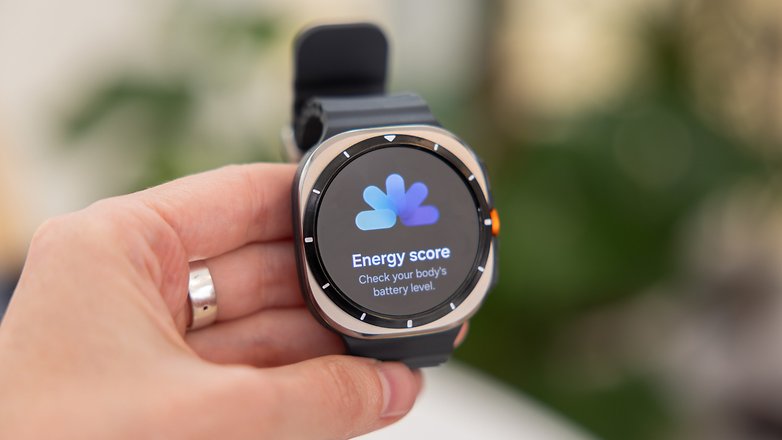
Among its exclusive features, the Multi-Sport Tile on the Watch Ultra allows you to track various activities like swimming, cycling, and running. While this is practical for triathlon practitioners, it does require manual input to switch between activities. Despite this, it remains a useful feature that I am eager to try.
As expected, the watch includes a Dual Frequency GPS System, providing more accurate positioning so you always know your location and distance covered.
For cyclists, the new ability to measure and track Functional Threshold Power (FTP) offers insights to improve training effectiveness. Furthermore, the Race feature enables real-time comparisons of present and previous performances, a long-missing feature in the Galaxy Watch lineup.
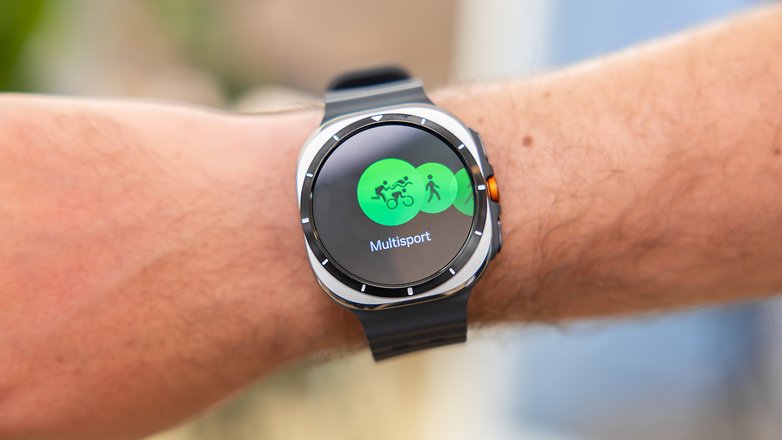
Samsung Galaxy Watch 7
The Galaxy Watch 7, with its focus on comprehensive health monitoring, also features the new Exynos W1000 processor, the upgraded BioActive Sensor, the standout AGEs Index, and the Energy Score feature.
Equipped with ECG, BP, and HR monitoring capabilities, the Watch 7 offers a full suite of tools to monitor your health. For fitness enthusiasts, it also includes the Dual Frequency GPS System, providing enhanced positioning accuracy to track workouts and outdoor activities with precision.
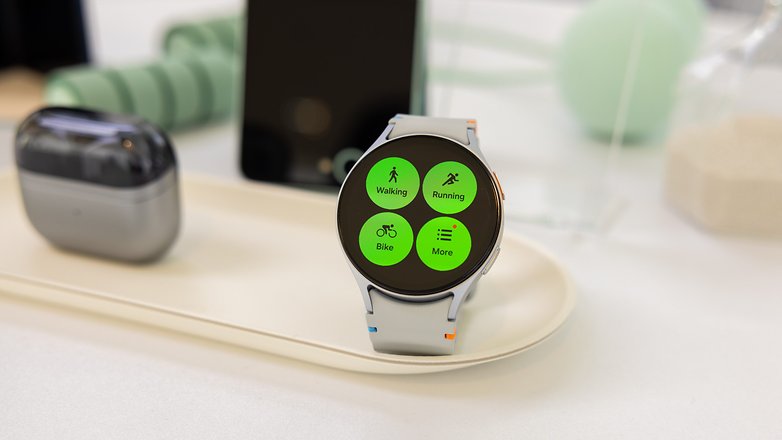
Overall, both devices are introducing significant wellness features to the digital health industry, with notable fitness enhancements provided by the new Galaxy Watch Ultra. To be honest, Samsung has truly impressed me this time.
Charging and Battery Life
While the Galaxy Watch Ultra is designed for extended use, the Watch 7 requires more frequent charging. It seems that Samsung has adopted a similar battery strategy to Apple’s approach with their smartwatches. In terms of user-friendly charging solutions, Samsung ensures you stay powered up and ready for any challenge
.
Pros:
- Robust battery life in Galaxy Watch Ultra.
- Quick charging feature for both watches.
- Magnetic charging puck for hassle-free charging.
- Energy-saving mode in Ultra for extended use.
Cons:
- Watch 7’s battery life is similar to its predecessor.
Samsung Galaxy Watch Ultra
The Galaxy Watch Ultra is designed with endurance in mind, and as such boasts a robust battery life. It features an enduring battery that can last significantly longer than many competitors in the market. According to Samsung, one of its standout features is its energy-saving mode, which can extend the battery life up to 100 hours—about four days.
Charging the Galaxy Watch Ultra is both quick and convenient. It utilizes a practical quick-charging feature, ensuring you spend less time tethered to an outlet and more time on the go. The device is also compatible with a magnetic charging puck, providing a hassle-free charging experience.
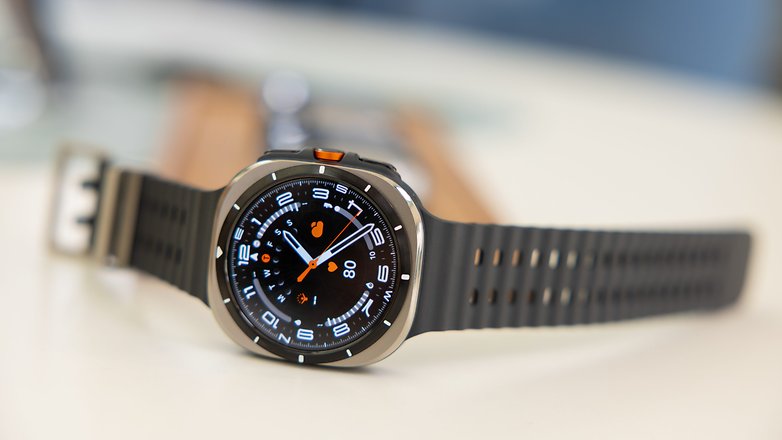
Samsung Galaxy Watch 7
The Galaxy Watch 7 provides a reliable battery life for everyday use, though it is less impressive than the Ultra. It offers the same 30-hour battery runtime as its predecessor, making it a dependable choice for daily wear, depending on your average usage. As mentioned in the Galaxy Watch 6 review, this ensures you can go about your day without worrying about recharging.
Similar to the Ultra, the Galaxy Watch 7 supports a practical quick-charging feature, allowing for rapid power-ups when needed.
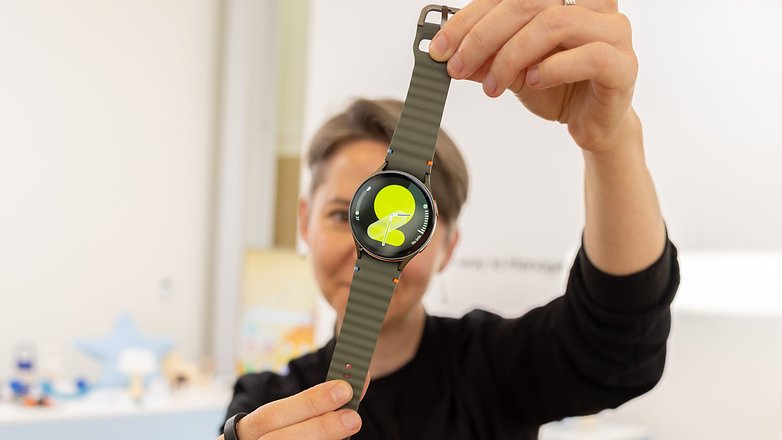
Samsung Galaxy Watch Ultra technical specifications
| Galaxy Watch Series | Galaxy Watch Ultra Series | |
|---|---|---|
| Product | Galaxy Watch 7 | Galaxy Watch Ultra |
| Image | 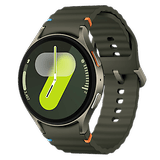 |
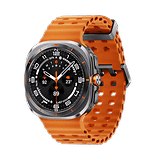 |
| Versions | 40 mm | 44 mm | 47 mm |
| Colors | 44 mm: Green, Silver 40 mm: Green, Cream |
47 mm: Titanium Silver, Titanium Gray, Titanium White |
| Screen | Super AMOLED | Sapphire glass | Full Color Always On Display 1.3-inch | 432 × 432 pixels | 40 mm or 1.5-inch | 480 × 480 pixels | 44 mm |
Super AMOLED | Sapphire glass | Full Color Always On Display 1.5-inch | 480 × 480 pixels | 44 mm |
| Memory and SoC | Exynos W1000 (Five-Core 3 nm) 2 GB RAM | 32 GB storage |
|
| OS | One UI 6 Watch based on Wear OS 5 Powered by Samsung | |
| Sensors | Acceleration, Position, Barometer, Ambient light, Compass, Samsung BioActive Sensor (heart rate, ECG and BIA), Infrared Temperature sensor |
|
| OS | One UI 6 Watch based on Wear OS 5 Powered by Samsung | |
| Dimensions and Weight | 40 mm: 40,4 × 40,4 × 9.7 mm, 28,8 g 44 mm: 44,4 × 44,4 × 9.7 mm, 33,8 g |
47 mm: 47,1 × 47,4 × 12,1, mm, 60,5 g |
| Connectivity | LTE (variant dependable), Bluetooth 5.3, Wi-Fi 2.4+5GHz, NFC, GPS (L1+L5) / Glonass / Beidou / Galileo | |
| Compatibility | Android 11 or higher and with more than 1.5 GB RAM | |
| Certification | 5 ATM + IP 68 / MIL-STD-810H | 10 ATM + IP 68 / MIL-STD-810H |
| Battery | 40 mm: 300 mAh 44 mm: 425 mAh |
47 mm: 590 mAh |
Early Verdict
After years of experimenting with various lineups within the same series, it appears that Samsung is finally establishing a more consistent range of smartwatch variants. We now have the Galaxy Watch 7 leading the smartwatch categories, followed by the premium Galaxy Watch Ultra, and the recently released, more accessible Galaxy Watch FE.
While I cannot say with certainty that this lineup is definitive, it seems that the Galaxy Watch Pro models might no longer be a commercial option under this new structure. Even the classic variant’s future seems uncertain. However, this is purely speculative as Samsung has yet to confirm any such changes.
That said, I’m definitely impressed by this lineup. Although only the Watch Ultra offers more advanced features for outdoor activities and multi-sport options, I’m glad to see that the new BioActive Sensor is shared across the lineups. The new AGEs Index and the Energy Score will definitely interest more people in tracking their health stats.
Overall, Samsung has played well by bringing a new and robust device to its ecosystem and by optimizing the well-established series with the Galaxy Watch 7.
I know that it’s still too early to come up with a definitive answer, but I’m already impressed with the level of care towards health that Samsung is demonstrating. Do you agree with me?

